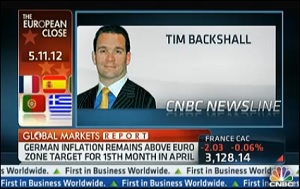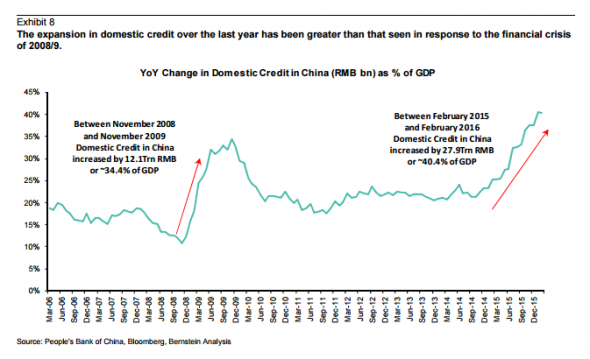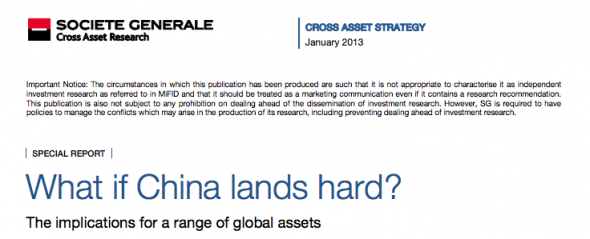We've posted a couple pieces on/by Hersh, links below.
Seymour Hersh is an American investigative journalist who
is the recipient of many awards, including the Pulitzer Prize for his
article exposing the My Lai massacre by the U.S. military in Vietnam.
More recently, he exposed the U.S. government’s abuse of detainees in
the Abu Ghraib prison facility.
Hersh's new book,
The Killing of Osama Bin Laden,
is a corrective to the official account of the war on terror. Drawing
from accounts of a number of high-level military officials, Hersh
challenges a number of commonly accepted narratives: that Syrian
president Bashar al-Assad was responsible for the Sarin gas attack in
Ghouta; that the Pakistani government didn’t know Bin Laden was in the
country; that the late ambassador J. Christopher Stevens was at the U.S.
consulate in Benghazi in a solely diplomatic capacity; and that Assad
did not want to give up his chemical weapons until the U.S. called on
him to do so.
Ken Klippenstein: In the book you
describe Saudi financial support for the compound in which Osama Bin
Laden was being kept in Pakistan. Was that Saudi government officials,
private individuals or both?
Seymour Hersh:
The Saudis bribed the Pakistanis not to tell us [that the Pakistani
government had Bin Laden] because they didn’t want us interrogating Bin
Laden (that’s my best guess), because he would’ve talked to us,
probably. My guess is, we don’t know anything really about 9/11. We just
don’t know. We don’t know what role was played by whom.
KK: So you don’t know if the hush money was from the Saudi government or private individuals?
SH:
The money was from the government … what the Saudis were doing, so I’ve
been told, by reasonable people (I haven’t written this) is that they
were also passing along tankers of oil for the Pakistanis to resell.
That’s really a lot of money.
KK: For the Bin Laden compound?
SH: Yeah, in exchange for being quiet. The Paks traditionally have done security for both Saudi Arabia and UAE.
KK: Do you have any idea how much Saudi Arabia gave Pakistan in hush money?
SH:
I have been given numbers, but I haven’t done the work on it so I’m
just relaying. I know it was certainly many—you know, we’re talking
about four or five years—hundreds of millions [of dollars]. But I don’t
have enough to tell you.
KK: You quote a
retired U.S. official as saying the Bin Laden killing was “clearly and
absolutely a premeditated murder” and a former SEAL commander as saying
“by law we know what we’re doing inside Pakistan is homicide.”
Do you think Bin Laden was deprived of due process?
SH:
[Laughs] He was a prisoner of war! The SEALs weren’t proud of that
mission; they were so mad it was outed…I know a lot about what they
think and what they thought and what they were debriefed, I will tell
you that. They were very unhappy about the attention paid to that
because they went in and it was just a hit.
Look, they’ve done it before. We do targeted
assassinations. That’s what we do. They understood—the SEALs—that if
they were captured by the Pakistani police authorities, they could be
tried for murder. They understood that.
KK: Why didn’t they apprehend Bin Laden? Can you imagine the intelligence we could have gotten from him?
SH:
The Pakistani high command said go kill him, but for chrissake don’t
leave a body, don’t arrest him, just tell them a week later that you
killed him in Hindu Kush. That was the plan.
Many
sections, particularly in the Urdu-speaking sections, were really very
positive about Bin Laden. Significant percentages in some areas
supported Bin Laden. They [the Pakistani government] would’ve been under
great duress if the average person knew that they’d helped us kill
him.
KK: How did it hurt U.S./Pakistan
relations when, as you point out in your book, Obama violated his
promise not to mention Pakistan’s cooperation with the assassination?
SH:
We spend a lot of time with [Pakistani] generals Pasha and Kayani, the
head of the army and ISI, the intelligence service. Why? Why are we so
worried about Pakistan? Because they have [nuclear] bombs. ... at least
100, probably more. And we want to think that they’re going to share
what they know with us and they’re not hiding it.
We
don’t really know everything we think we know and they don’t tell us
everything… so when he [Obama] is doing that, he’s really messing around
with the devil in a sense.
.... He [Bin Laden] had
wives and children there. Did we ever get to them? No. We never got to
them. Just think about all the things we didn’t do. We didn’t get to any
of the wives, we didn’t do much interrogation, we let it go.
There are people that know much more about this and I wish they would talk, but they don’t.
KK:
You write that Obama authorized a ratline wherein CIA funneled arms
from Libya into Syria and they ended up in jihadi hands. [According to
Hersh, this operation was coordinated via the Benghazi consulate where
U.S. ambassador Stevens was killed.] What was Secretary of State Hillary Clinton’s role in this given her significant role in Libya?
SH: The only thing we know is that she was very close to
Petraeus who was the CIA director at the time ... she’s not out of the
loop, she knows when there’s covert ops. ... That ambassador who was
killed, he was known as a guy, from what I understand, as somebody who
would not get in the way of the CIA. As I wrote, on the day of the
mission he was meeting with the CIA base chief and the shipping company.
He was certainly involved, aware and witting of everything that was
going on. And there’s no way somebody in that sensitive of a position is
not talking to the boss, by some channel.
KK:
In the book you quote a former intelligence official as saying that the
White House rejected 35 target sets provided by the Joint Chiefs as
being insufficiently painful to the Assad regime. (You note that the
original targets included military sites only—nothing by way of civilian
infrastructure.) Later the White House proposed a target list that included civilian infrastructure.
What would the toll to civilians have been if the White House’s proposed strike had been carried out?
SH:
Do you really think that at any time this is discussed? You know who’s
sanest on this: Dan Ellsberg. When I first met Dan, it was way early—in
’70, ’71, during the Vietnam War. I think I met him before the Pentagon
Papers were around. I remember him telling me that he asked that
question at a meeting while planning the war [regarding B-52 targets]
and nobody had even looked at it.
You really don’t get
a very good hard, objective look. You can see a movie in which they
seem to do it, but that’s not really so.
I don’t know
if [regarding Syria] they looked at collateral damage and noncombatants,
but I do know that in wars in the past, that’s never been a big issue.
... you’re talking about the country that dropped the second bomb on
Nagasaki.
KK: In a recent interview with the Atlantic, Obama characterized his foreign policy as “Don’t do stupid shit.”
SH: I read the Jeff Goldberg piece…and it of course drove me nuts, but that’s something else....
![[No Caption]](https://www.quantamagazine.org/wp-content/uploads/2016/04/IND-01.png)
![[No Caption]](https://www.quantamagazine.org/wp-content/uploads/2016/04/ENT-01.png)







